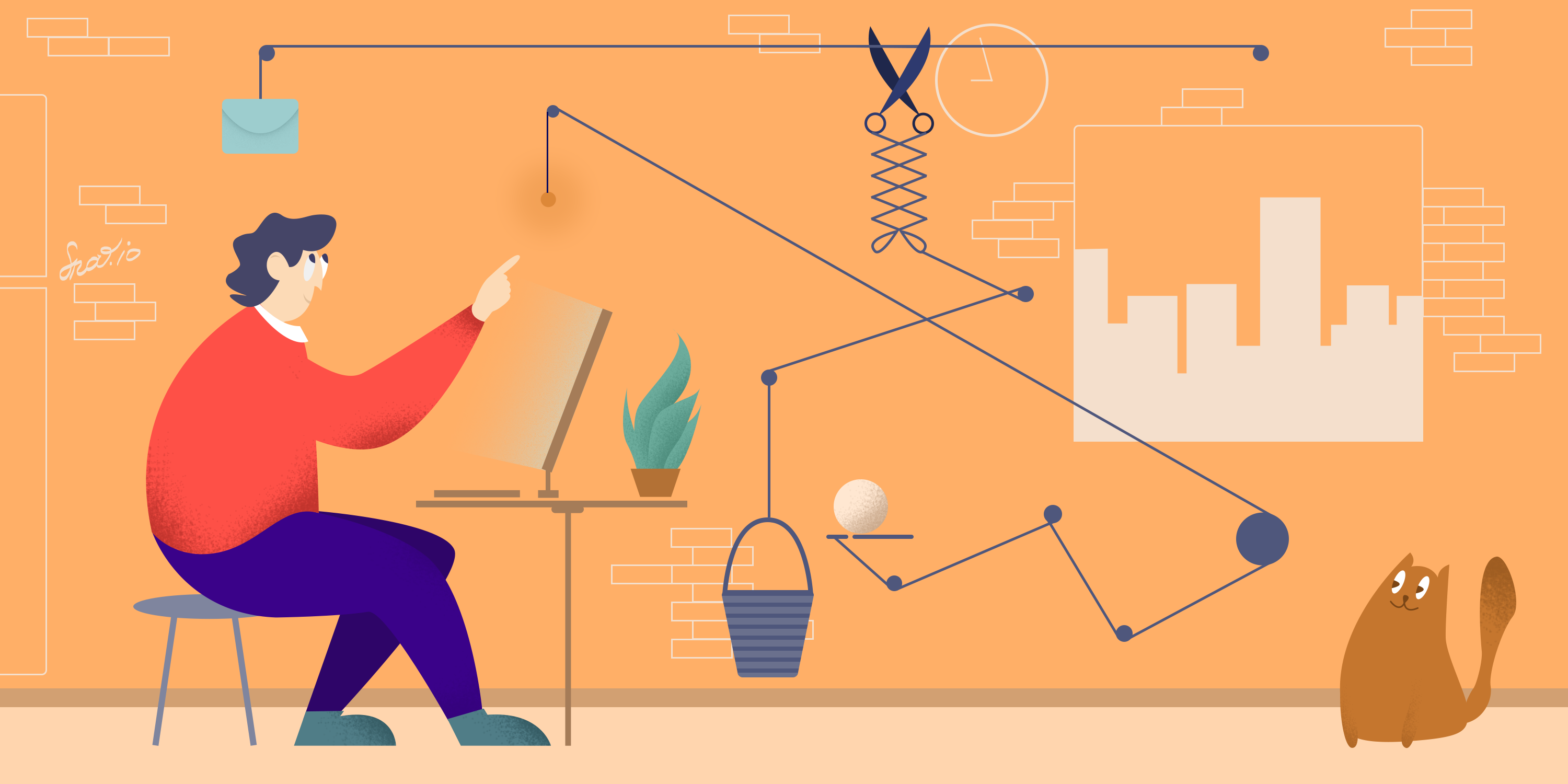Understanding Your Dog’s Unique Learning Style
Every dog is an individual, with its own personality, strengths, and weaknesses. Just like human students, some dogs are visual learners, responding best to demonstrations and hand signals. Others are auditory learners, picking up commands more easily when they hear them spoken clearly and repeatedly. Still others are kinesthetic learners, learning best through physical touch and guidance. Observing your dog’s responses to different training methods is crucial to tailoring your approach for optimal results. Does your dog focus more intently when you show them what to do, or when you use verbal cues? Experiment with different techniques to discover what resonates best with your furry friend. This understanding forms the bedrock of effective training.
The Power of Positive Reinforcement: Beyond Treats
Positive reinforcement is the cornerstone of modern dog training, focusing on rewarding desired behaviors rather than punishing unwanted ones. While tasty treats are undeniably effective, the possibilities extend far beyond. Praise, using enthusiastic tones and encouraging words, can be incredibly motivating. A favorite toy, a game of fetch, or even a belly rub – these all serve as powerful rewards. The key is to identify what your dog truly values and to use it consistently to reinforce good behavior. This personalized approach makes training much more enjoyable for both you and your dog, fostering a stronger bond and enhancing the learning process.
Harnessing the Magic of Play in Training
Training shouldn’t feel like a chore for your dog. Integrating play into your training sessions transforms them into fun, engaging activities. Games like hide-and-seek, incorporating commands like “find it” or “come,” turn learning into a thrilling adventure. Tug-of-war can be used to teach bite inhibition and release commands, while fetch helps to improve recall and focus. By turning training into a game, you make it more likely your dog will cooperate and actively participate, accelerating the learning process and building a positive association with training itself.
Body Language: The Silent Language of Canine Communication
Understanding canine body language is just as important as using verbal cues. Learning to interpret your dog’s posture, tail wags, ear position, and facial expressions helps you gauge their mood, understand their level of engagement, and adjust your training approach accordingly. A stressed or anxious dog is far less likely to learn effectively. Recognizing signs of stress, such as yawning, lip licking, or whale eye, allows you to adjust the intensity of the training or take a break, preventing frustration and maintaining a positive learning environment. Paying close attention to these subtle signals is a game-changer in training.
Consistency is Key: Building Reliable Habits
Consistency is paramount in dog training. Using the same commands consistently, in the same tone, and reinforcing desired behaviors every time they occur, is crucial for creating reliable habits. Inconsistent commands or inconsistent reinforcement can confuse your dog, slowing down the learning process. Choose commands that are simple, easy to pronounce, and use them consistently across all contexts. The more consistent you are, the faster your dog will learn and the more dependable their behavior will become in various environments.
Breaking Down Complex Commands: Small Steps to Big Success
Complex commands can seem daunting, but breaking them down into smaller, more manageable steps makes the learning process much easier. Instead of trying to teach your dog to “fetch the newspaper,” start with teaching “fetch,” then gradually introduce the “newspaper” element. Reward each small step along the way, reinforcing progress and building your dog’s confidence. This gradual approach is less overwhelming and allows your dog to learn at their own pace, preventing frustration and building a sense of accomplishment.
The Importance of Patience and Understanding
Dog training is a journey, not a race. Patience and understanding are crucial throughout the process. Every dog learns at their own pace, and there will be setbacks along the way. Don’t get discouraged by occasional failures; simply adjust your approach and keep trying. Remember to celebrate your dog’s successes, no matter how small, to reinforce their positive behavior and maintain their motivation. A positive and patient approach creates a strong bond, making the entire learning process a more rewarding experience for both of you.
Enrichment Activities: Stimulating Your Dog’s Mind
Just as physical exercise is important, mental stimulation is vital for a well-rounded, happy dog. Enrichment activities, such as puzzle toys, scent work, and agility training, help challenge your dog mentally and prevent boredom, which can lead to behavioral issues. These activities enhance cognitive function, reduce stress, and ultimately, make your dog more receptive to training. Integrating enrichment into your daily routine contributes to a happier, more well-adjusted dog, making training more effective and enjoyable.
Seeking Professional Guidance: When to Ask for Help
While many dog owners find success with at-home training, some dogs may require professional guidance. If you’re facing significant challenges, struggling to address problem behaviors, or suspect underlying behavioral issues, don’t hesitate to seek help from a certified professional dog trainer or veterinary behaviorist. A qualified professional can provide personalized assessment, create a tailored training plan, and address any underlying issues that may be impacting your dog’s behavior and learning abilities. Investing in professional help can save you time, frustration, and can significantly improve your dog’s well-being. Read more about canine behavior modification.






![Everything You Need to Know Hermes’ [Bag Name] Everything You Need to Know Hermes’ [Bag Name]](https://images.unsplash.com/photo-1507666664345-c49223375e33?fm=jpg&q=60&w=3000&ixlib=rb-4.0.3&ixid=M3wxMjA3fDB8MHxzZWFyY2h8MTN8fGhlcm1lcyUyMHBhcmlzJTIwYmFnfGVufDB8MHwwfHx8Mg%3D%3D)



